December 1, 2014
MOKOKCHUNG to KOHIMA – 156 KM
Kisama Kipfuzha (Savino's) Homestay 2800Rs ($45.33) half board (breakfast/dinner)
Beautiful Forested Hillsides and Christmas Tunes
Today we took the third half of the Mon to Kohima scenic drive described in our lonely planet as:
"a thoroughly enjoyable – and bumpy! – ride through beautiful forested hillsides…"
After breakfast, we hiked down the hill to the Sumo ticket office where the Sumo picked us up. We rolled around the corner and down the hill to the official bus stand and waited briefly before it took off for Kohima. We had seats 1 & 2 which are the front seats. Dave did what he watched most Indians do in the center seat. He straddled the gear shift and hoped for the best. Getting into reverse proved to be a little too close for comfort but Dave endured. He even slept for the first hour on the road.
Christian churches are the center point of nearly every village and town. Our driver played Christmas tunes (English and German) on his car radio. He seemed to enjoy them thoroughly.
We briefly stopped at an accident site where a Sumo driver had hit a pole on the side of the road. Shortly after that, we had a flat which was fixed at record speed.
Women sold fresh local ginger, bamboo shoots, pineapples and mandarin oranges at roadside stalls. They carried their produce or huge stacks of wood to market or home on their backs in wonderful woven baskets with long points..
Despite the fact that today's 156 km trip was unpaved for merely 20%, it took us a full four hours to get to Kohima.
Finding our Homestay
All we knew was that our homestay was one kilometer from Kisama Heritage Village, the Hornbill Festival venue. We hoped that our sumo would pass Kisama before arriving in Kohima, but that was not the case. So we were dropped off at the Sumo stop in the center of Kohima.
Dave's Aircel SIM was not working and he could not call ahead. So he had the taxi driver call our homestay for directions. Kisama is about 8 km from Kohima and Savino, the owner of our homestay, was waiting for us on the side of the road. She pointed to the elaborate 3-story Greenwood Villa we initially had tried to book. It is owned by Nino and it was Nino who had arranged for us to stay with her neighbor, Savino. The festival runs 10 days and this is the only chance during the year that the villagers near the festival site can make some cash renting extra rooms. We then followed her down a path and over a plank across a little brook and towards a decent looking two story apartment. We walked past that nice looking place too.
The house beyond, the one underneath a tall cell tower, was Savino's. We passed the pig’s pen and, next to that, we were shown a clean but very drafty spartan utility room. We had a pig pen on one side and an unused chicken coop on the other. Rough painted plywood made up the thin walls of our room. The cold concrete floor was clean and we had a small rug next to the bed. The toilet was a squatter in small drafty room next to our room. We were a bit disappointed to say the least.
All accommodation prices skyrocket during the festival. We were paying close to $50 per night to stay in someone’s shed. But Savino made up for what the facilities lacked. She was eager to please and ran to make us some hot tea.
The sun was disappearing fast and we were shivering uncontrollably in our room. The pig was making a racket next door. We kept our fingers crossed that he was not a night owl. We asked and received a top sheet and explained our food preferences. Dinner proved to be a nice spread of tasty chicken, rice and boiled vegetables. Afterwards, Savino told us that the other guests would like to meet us.
They were an Indian family from Assam, a husband, wife, Phukan and Rashmi, his brother and two small children. He is an Economics professor at a University in Guwahti. They offered to take us to the Hornbill Festival site in their car in the morning. It is two kilometers from our homestay, so we accepted the kind offer.
Again our hot water bottles proved to be worth their weight in gold.
December 2, 2014
Kipfuzha, Kigwema (Near Kisama Heritage Village)
What is a Monolith Pull?
Savino was able to drum up a schedule of events for the festival which helped us plan our day.
Breakfast was served in the yard. I had asked for oatmeal which she had bought in preparation for western tourists but she had no idea what to do with it. I gave her a little crash course in how to prepare it. The Indian family had stayed in a large family room in the main house and had breakfast on small platform overlooking the valley. In the sun, it was quite pleasant.
We first heard the rhythmic call outs of a mile long procession of men from different tribes and eventually were able to spot them. They came to pull the monolith, a large 3 ton stone the size of a small car after it has been through the crusher, down the road as part of the 75 year celebration of something, no one here knew. We never found out what momentous occasion happened 75 years ago but we did find out that this 'pull’ emulated the method of moving heavy objects, such as huge grinding stones, with natural jungle vines.
The procession walked along the main road in large horseshoe until they reached the little village where we stayed. Traffic was halted and hundreds of young men, in full colorful regalia, were lined up along two long vines (one reinforced with wire rope) that would soon be used to pull the stone monolith. The older tribe's men walked around checking the costumes of the younger men and guided the rhythmic call outs. oooOHHH,,,OOohhh, oooOHHH,,,OOohhh,
'The Naga tribes practiced headhunting and preserved the heads of enemies as trophies through the 19th century and as late as 1969' (Wiki citation: Michael Fredholm (1993). Burma: ethnicity and insurgency). Many of the old timers present are said to still have a few trophy heads displayed in their huts.
After much hoopla, the stones were dragged by the costumed tribesmen. The thick vines would occasionally break and be quickly repaired by the men. Once the stones were at the finish line, it was time for speeches, which we could not understand.
We were surprised that there were relatively few westerners at this event.
Tribal Dances at the Arena
After about 1.5 hours, we walked the small path back to the homestay. The Indian family also had returned to the homestay and soon we loaded into their car and left for the festival grounds at the Heritage Village.
At the entrance, we foreigners had to sign in. I suspect they kept a tally of how many and where the foreigners came from. Everyone walked through a metal detector. We parted ways with our homestay sharing family and agreed to meet later at the exit gate at 3:30.
We walked up to the main arena where the cultural program was taking place. Different tribes gave short 10 minute dance performances. We foreigners were often asked by Indians to pose with them for pictures. Of course we obliged.
After the performances, there was more dancing and singing going on at the individual Morungs, or huts, representing their tribe. It was great fun and not overrun with people.
There were numerous small restaurants representing the different tribal and States foods. We did get some sample tastes of pork dishes that sounded good but all were way over the top spicy for us. We settled for a pretty decent cheese pizza and Dave fried chicken. Boring, I know.
December 3, 2014
KISAMA HORNBILL FESTIVAL
Greenwood Villa 4000Rs ($64.75) half board
Kipfuzha, Kigwema
Nino Had a Room for Us
After our oatmeal breakfast, Nino, the woman who arraigned our homestay, dropped by. Not surprising, she is an energetic go-getter type of person. She asked how we liked our homestay. We told her that the room next to the pigpen was not very well insulated and that we had a hard time staying warm at night. We added that Savino had been extremely friendly and accommodating. Nino told us that she had a room free for one night and, if we'd like, we could move there. We accepted eagerly. We packed up our packs and arranged to pick them up after the Hornbill festival.
Show Time
Again, we were able to ride up to the festival with Phukan and Rashmi, the Indian family.
We thoroughly enjoyed today’s performances of the different tribes. They were varied and included a series of wrestling matches, tribe rice pounding and song & dance. I enjoyed the tribal groups in the audience almost as much as the performances itself.
We stopped at the arts and crafts booths and I was disappointed by the lack of original quality items. Plenty cheap necklaces made of Chinese beads. The basket work was not nearly as intricate as the ones we saw local tribal women wearing.
We checked out the agricultural products and flower exhibitions. Bought some organic guava concentrate and oranges and walked the two kilometers back to our homestay where we picked up our packs and moved up to Greenwood Villa.
Lovely Greenwood Villa
It turned out to be a lovely place with large heated rooms and cozy shared spaces where guests could relax and mingle.
Karen and Steve, a well traveled recently retired couple from Seattle, arrived after a 20 hour train trip from Guwahati. We hit it off and were soon engrossed in great conversation. They'll spend 3 days at the Hornbill Festival and arranged for a driver at 3000Rs per day plus gas to drive them to Kaziranga National Park and possibly make a quick stop at Majuli Island before flying to the Indian Andaman Islands.
A lovely dinner was served family style for all the guests with enough non-spicy choices to keep me happy.
Final Thoughts on the Hornbill Festival
What I liked best was actually not a normal part of the Hornbill Festival, the monolith pulling. It was the 75th Kigewma Youth Organization Platinum Jubilee celebration. Commemorating 75 years of what, or what the Youth Organization was, no one was able to tell us. A procession of hundreds, possibly a thousand tribal men, made their way to Kipfuzha, Kigwema village, to pull the monolith.
Their rhythmic chanting and elaborate and colorful tribal costumes swept us up in the atmosphere of years gone by. It demonstrated beautifully how heavy grinding stones or logs used to be moved, using vines and lots of manpower.
The Hornbill Festival which took place in the Heritage Village of Kisama, 10 km from Kohima, has beautiful display samples of bamboo and straw roofed "Morung" (houses) of the different tribes of the 7 north western states also called the Seven Sister States. We thoroughly enjoyed the short morning and afternoon dance performances by groups dressed in colorful tribal dress and representing the different tribes. The narration was in English while the majority of the tourists were Indian. As part of the festival, a rock concert was simultaneously happening at a sports arena in Kohima.
Hornbill Festival
Monday, December 01, 2014
 Kisama, Nagaland, India
Kisama, Nagaland, India
Other Entries
-
9Most Sacred & Holiest Monastery in Sikkim
Nov 0328 days prior Tashiding, Indiaphoto_camera80videocam 2comment 0
Tashiding, Indiaphoto_camera80videocam 2comment 0 -
10Super Sikkim Scenery
Nov 0526 days prior Pelling, Indiaphoto_camera31videocam 0comment 1
Pelling, Indiaphoto_camera31videocam 0comment 1 -
11Bumpy and Dusty 5 Hours
Nov 0625 days prior Siliguri, Indiaphoto_camera18videocam 2comment 0
Siliguri, Indiaphoto_camera18videocam 2comment 0 -
12Dibrugath Rajdhani Express to Guwahati
Nov 0724 days prior Guwahati, Indiaphoto_camera18videocam 2comment 0
Guwahati, Indiaphoto_camera18videocam 2comment 0 -
13Half Way Point to Root Bridges
Nov 0922 days prior Shillong, Indiaphoto_camera11videocam 0comment 0
Shillong, Indiaphoto_camera11videocam 0comment 0 -
14Meghalaya Chasms
Nov 1021 days prior Laitkynsew, Meghalaya, Indiaphoto_camera25videocam 2comment 0
Laitkynsew, Meghalaya, Indiaphoto_camera25videocam 2comment 0 -
15Fiscus Elastica - Living Root Bridges
Nov 1120 days prior Laitkynsew, Meghalaya, Indiaphoto_camera40videocam 3comment 0
Laitkynsew, Meghalaya, Indiaphoto_camera40videocam 3comment 0 -
16Big Market Day
Nov 1219 days prior Cherrapunjee, Indiaphoto_camera41videocam 4comment 0
Cherrapunjee, Indiaphoto_camera41videocam 4comment 0 -
17Guwahati the Transit Hub
Nov 1318 days prior Guwahati, Indiaphoto_camera3videocam 0comment 0
Guwahati, Indiaphoto_camera3videocam 0comment 0 -
18Gateway to Arunachal Pradesh
Nov 1417 days prior Tezpur, Indiaphoto_camera6videocam 0comment 0
Tezpur, Indiaphoto_camera6videocam 0comment 0 -
19Burrr Time at 10,000 Feet in Tawang
Nov 1516 days prior Tawang, Indiaphoto_camera79videocam 3comment 0
Tawang, Indiaphoto_camera79videocam 3comment 0 -
20Bad Karma Day for Arjun
Nov 1813 days prior Tezpur, Indiaphoto_camera39videocam 0comment 0
Tezpur, Indiaphoto_camera39videocam 0comment 0 -
21Land of Nose Plugs and Facial Tattoos
Nov 2011 days prior Ziro, Indiaphoto_camera121videocam 8comment 0
Ziro, Indiaphoto_camera121videocam 8comment 0 -
22Vanishing Island in the Brahmaputra
Nov 238 days prior Garamur, Indiaphoto_camera122videocam 8comment 0
Garamur, Indiaphoto_camera122videocam 8comment 0 -
23Never on Sunday
Nov 265 days prior Mon, Indiaphoto_camera26videocam 1comment 0
Mon, Indiaphoto_camera26videocam 1comment 0 -
24Scenic Route to Jorhat
Nov 283 days prior Jorhāt, Indiaphoto_camera13videocam 2comment 0
Jorhāt, Indiaphoto_camera13videocam 2comment 0 -
25Sleepy Mountain Town
Nov 292 days prior Mokokchūng, Indiaphoto_camera13videocam 0comment 0
Mokokchūng, Indiaphoto_camera13videocam 0comment 0 -
26Hornbill Festival
Dec 01 Kisama, Indiaphoto_camera126videocam 5comment 0
Kisama, Indiaphoto_camera126videocam 5comment 0 -
27R&R in Imphal
Dec 043 days later Imphal, Indiaphoto_camera29videocam 1comment 0
Imphal, Indiaphoto_camera29videocam 1comment 0 -
28Home on a Lilly Pad
Dec 087 days later Moirāng, Indiaphoto_camera46videocam 1comment 1
Moirāng, Indiaphoto_camera46videocam 1comment 1 -
29Last Supper
Dec 098 days later Imphal, Indiaphoto_camera6videocam 0comment 0
Imphal, Indiaphoto_camera6videocam 0comment 0 -
30Oh! Calcutta! (Kolkata)
Dec 1110 days later Kolkata (Calcutta), Indiaphoto_camera37videocam 1comment 0
Kolkata (Calcutta), Indiaphoto_camera37videocam 1comment 0 -
31Motorcycle Tour of Calcutta (Kolkata)
Dec 1413 days later Kolkata (Calcutta), Indiaphoto_camera112videocam 3comment 0
Kolkata (Calcutta), Indiaphoto_camera112videocam 3comment 0 -
32Panthera Tigris Tigris - Elusive and Endangered
Dec 1817 days later Satjelia Island, Indiaphoto_camera98videocam 2comment 0
Satjelia Island, Indiaphoto_camera98videocam 2comment 0 -
33Christmas in Kolkata
Dec 2019 days later Kolkata (Calcutta), Indiaphoto_camera129videocam 1comment 0
Kolkata (Calcutta), Indiaphoto_camera129videocam 1comment 0 -
34Puri, Raghurapur, Konark & Nolia Sahi
Jan 0131 days later Puri, Indiaphoto_camera143videocam 3comment 2
Puri, Indiaphoto_camera143videocam 3comment 2 -
35Buying a Motorcycle in India
Jan 0939 days later Chennai (Madras), Indiaphoto_camera27videocam 0comment 0
Chennai (Madras), Indiaphoto_camera27videocam 0comment 0 -
36Boner & Butterball
Jan 1545 days later Mamallapuram, Indiaphoto_camera47videocam 0comment 0
Mamallapuram, Indiaphoto_camera47videocam 0comment 0 -
37French Oasis in South India
Jan 1747 days later Pondicherry, Indiaphoto_camera32videocam 0comment 0
Pondicherry, Indiaphoto_camera32videocam 0comment 0 -
38Temple Time
Jan 2151 days later Kumbakonam, Indiaphoto_camera48videocam 0comment 0
Kumbakonam, Indiaphoto_camera48videocam 0comment 0 -
39Double the Temples, Double the Fun!
Jan 2252 days later Thanjavur, Indiaphoto_camera78videocam 0comment 1
Thanjavur, Indiaphoto_camera78videocam 0comment 1 -
40Castle on the Rock
Jan 2353 days later Tiruchirappalli, Indiaphoto_camera115videocam 1comment 0
Tiruchirappalli, Indiaphoto_camera115videocam 1comment 0 -
41UNESCO Heritage - Again
Jan 2656 days later Madurai, Indiaphoto_camera47videocam 2comment 0
Madurai, Indiaphoto_camera47videocam 2comment 0 -
42The Tri-Tip
Jan 2858 days later Kanyakumari, Indiaphoto_camera17videocam 1comment 0
Kanyakumari, Indiaphoto_camera17videocam 1comment 0 -
43Euro Beach
Jan 2959 days later Kovalam, Indiaphoto_camera36videocam 0comment 0
Kovalam, Indiaphoto_camera36videocam 0comment 0 -
44Best Beach Town in Kerala
Feb 0162 days later Varkala, Indiaphoto_camera37videocam 0comment 0
Varkala, Indiaphoto_camera37videocam 0comment 0

 Kisama, Nagaland, India
Kisama, Nagaland, India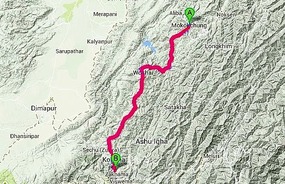
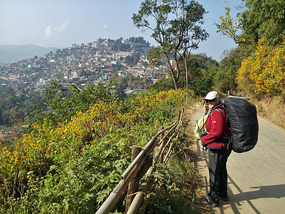
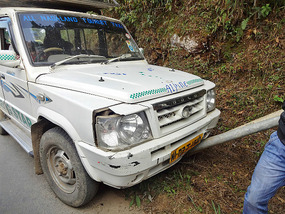

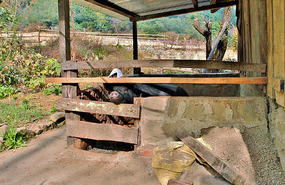
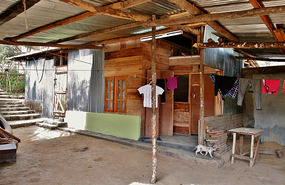
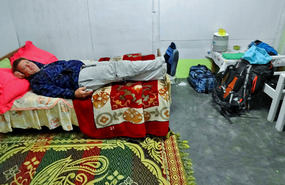
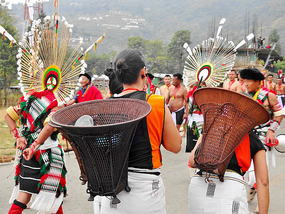
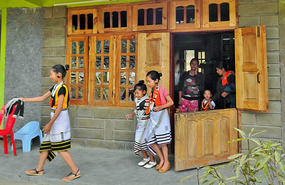
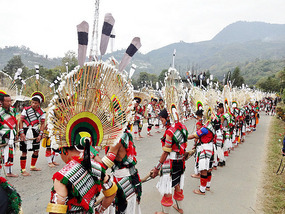
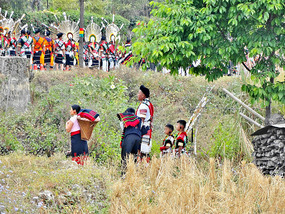
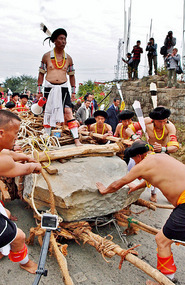

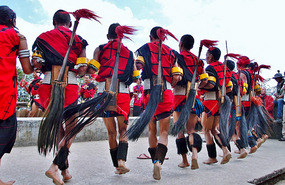

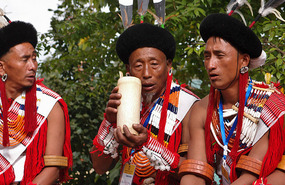
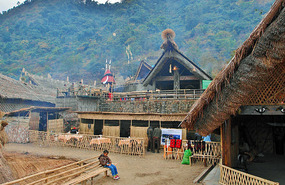
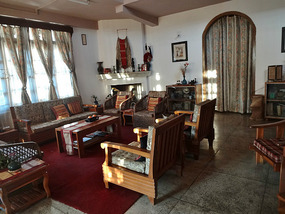
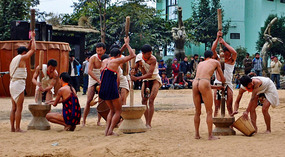
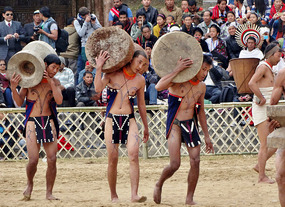

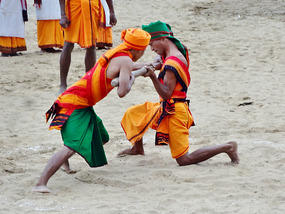
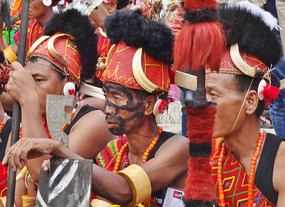
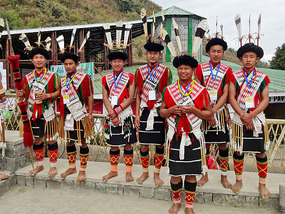
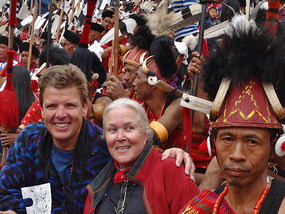



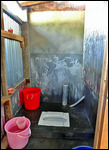
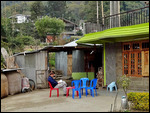

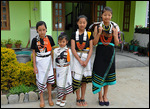
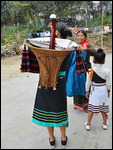

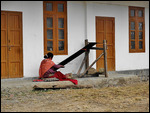
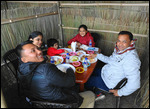
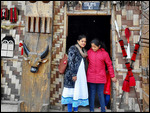
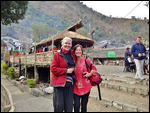
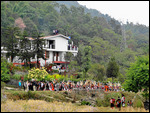


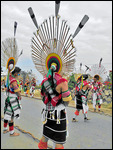
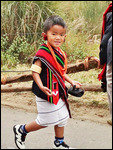

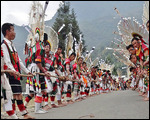
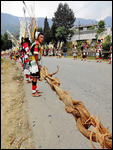

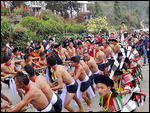
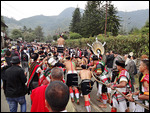
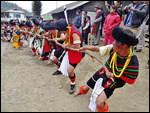
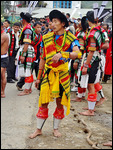
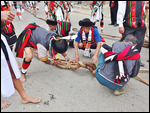
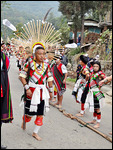
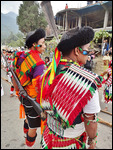

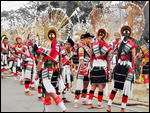




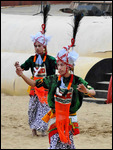


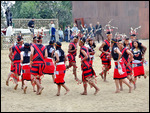




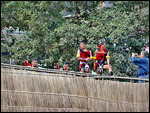
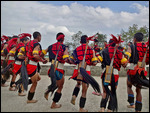



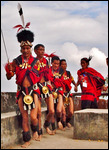
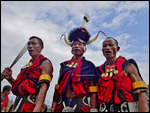
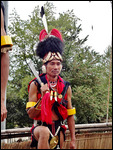
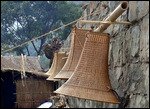
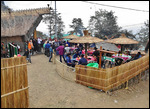
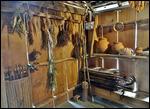

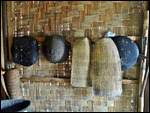

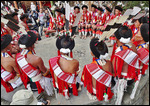
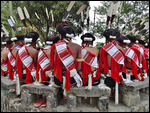
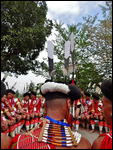
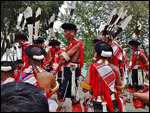












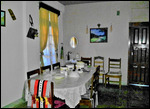
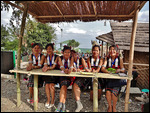
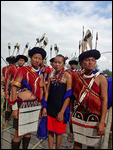

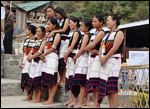




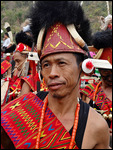

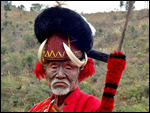
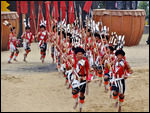
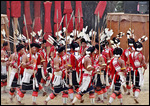
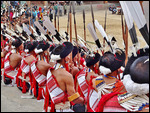
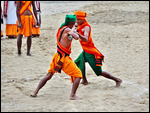

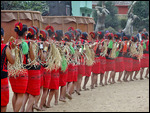
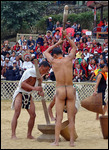


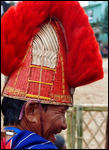
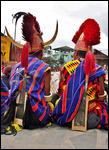

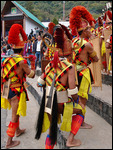
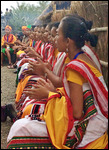
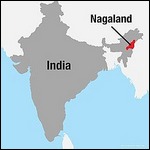


2025-05-23